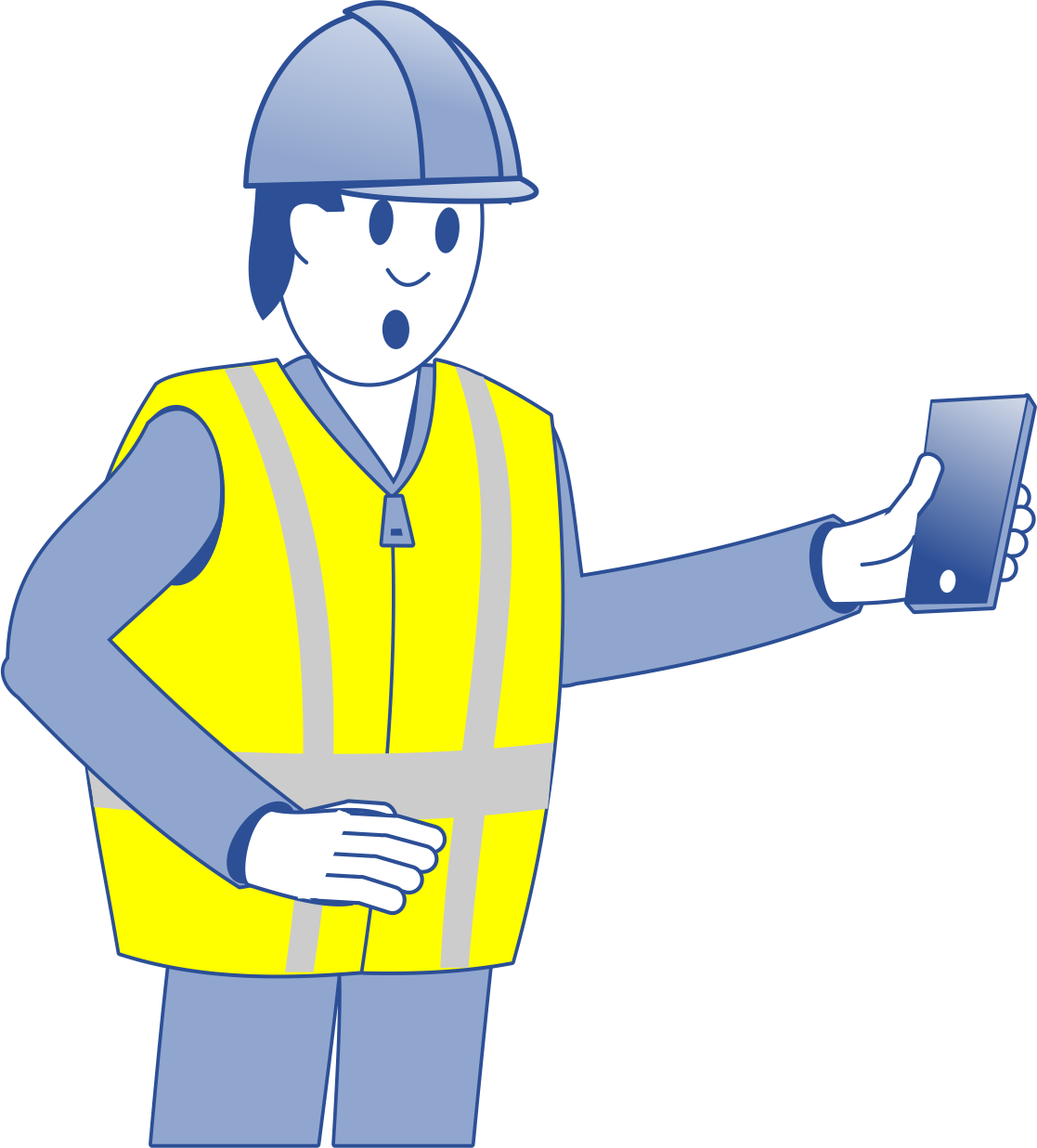What are the risks lone workers face?
Some of the risk factors to consider when assessing lone worker risk include:
Working with valuable equipment or money increases the risk of assault and theft.
Access to adequate first aid and welfare facilities.
Mobile phone coverage, restricting access to emergency services.
Emergency services response time.
Working in positions of authority or law enforcement increases the exposure to workplace violence.
A lack of expertise and/or support required to perform the task safely.
How to minimise risk to lone workers?
To effectively reduce risks, employers should conduct a thorough lone working risk assessment and implement appropriate control measures:
1) Capability
The employer needs to evaluate the job being assigned to the employee. An employer should consider whether a single person can do the job safely.
The employer must also consider how the degree of risk can be minimised. For example, moving a three-seater couch might be hazardous for a single worker but assigning two or more people decreases the risk of an accident or an injury.
The employer must also ensure that the employee has received the relevant training for the task they are being asked to do.
2) Individual:
As an employer, it is vital to consider the individual employee, before assigning any job to them. Some employees may be medically unfit for performing a specific task, or their medical condition might put them at a higher risk while doing their job.
The individual’s age and skill set should be considered. A list of people with specific considerations would include:
Newly recruited employees.
Trainees.
Pregnant women.
Employees with disabilities.
3) Stress and Mental Well Being:
Lone workers may suffer from more mental health problems such as stress, loneliness, depression, etc. than group workers. This suffering may go unnoticed if no one is there to recognise the signs.
A minor problem going unnoticed may later become a severe issue. An employer needs regular meetings and an observation system for their employees' mental well-being.
An employer must factor in the risk of such issues when assigning jobs. They must also decide how to detect signs of wellbeing risks early.
4) Equipment:
Does the task or work process involve operating dangerous machinery? If this cannot be avoided, it may be necessary to supervise the use of the machinery. This might be possible remotely. For example, a supervisor could use a video link, mobile phone communication, or walkie-talkie.
The employer must again ensure the worker is qualified and suitably trained to safely set up and use any machinery needed to do the job.
5) Violence:
Violence during a work assignment is a hazard with a much higher risk for lone workers. Careful consideration should be taken to reduce this specific risk to many lone workers.
Our online lone workers awareness course and certificate covers this in more detail.
6) Supervision and Monitoring
Before allowing a worker to work alone and without supervision, it is essential to consider whether appropriate supervision is needed. Particularly to address any potential safety issues. The amount of supervision or monitoring required for any specific job depends on many factors, such as:
The risks involved in the job.
The amount of training an employee has received.
Workers experience level.
7) Emergency Procedures:
Where lone working is the only viable option, then it is important to have contingency plans and backup measures in case of an emergency.
Accidents can happen anywhere and anytime, so an employer must consider how they will respond to an accident or emergency.
The Lone Worker Risk Assessment Checklist:




